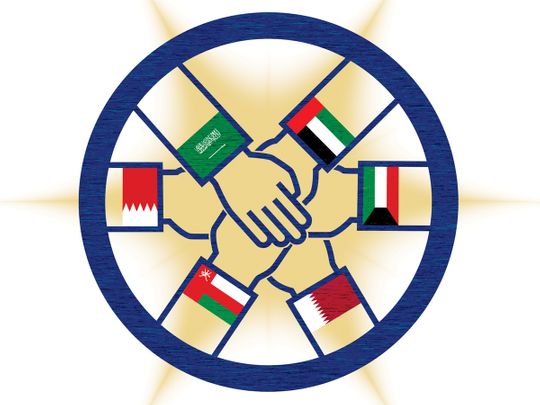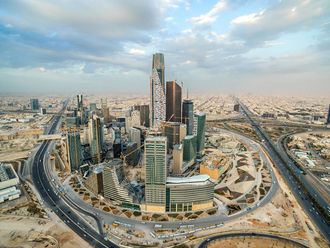
The digital revolution is creating opportunities for cities and nations to unleash new sources of innovation-led growth. R&D has gained additional momentum since the pandemic as the recipe to battle grand challenges and achieve long-term prosperity.
Geopolitical tensions, climate change agendas, and shifts in global trade are challenging key regional engines of growth. Economies in the GCC are acting on this imperative and putting forth bold plans to drive innovation agendas through setting ambitious targets, committing investments, creating dedicated innovation focused governance and activating detailed plans across priority sectors.
Transition to a innovation-led growth
Saudi Arabia is a prime example, now having recently unveiled a new program in research, development and innovation that aims to add SR60 billion ($16 billion) to the GDP by 2040. The ensuing initiative is expected to create ‘high-value’ jobs in science and technology, and further strengthen the Kingdom’s position as the Arab world’s biggest economy across health and wellness; sustainable environment and supply of essential needs; energy and industrial leadership; and economies of the future.
These will enhance the country’s global competitiveness and leadership, in line with the directions of Saudi Vision 2030, and strengthen its position as the largest economy in the region.
The UAE’s National Innovation Strategy continues to provide a roadmap and comprehensive governance to steer a considerable R&D investment ( plus 1 per cent of GDP) on seven priority sectors around renewable energy, transport, education, health, technology, water and space. The strategy seeks to develop an environment that promotes and enables innovation by developing the right regulatory framework, providing comprehensive enabling services whilst enhancing the technology infrastructure and ensuring the availability of investments and incentives.
Specifically, in Dubai, the recent launch of its R&D program is built around four priority clusters for health and well-being, environmental technology, smart built infrastructure, and space and augmented human-machine intelligence with set aims to govern funding and investments, increase Dubai’s R&D expenditure and maximise the private sector’s engagement.
Path to success
The bold plans and targets set forth at the national level imply a significant growth that deems the private sector role an imperative for success. There needs to be a decisive action from the government to put the ecosystem on the right path, including:
- Taking a whole-of-ecosystem approach while being inclusive of diverse organizations and actors (academia, national labs, startups, venture capital and private equity, corporate anchors, and more).
- Acknowledging the risk outlook and demonstrate a willingness to accept inherent uncertainties.
- Acting in an agile way with a portfolio view by actively adjusting innovation pursuits.
- Explicit focus on deep tech as the next frontier as data and AI are becoming table stakes with dedicated policy tools.
- Fully embed climate and sustainability (C&S) into the top priorities of the national agenda, with concrete applications. As more than 50 per cent of companies confirm that C&S is a Top 3 CEO priority (according to BCG’s 2022 Most Innovative Companies report), the actions and investments suggest a strong potential to improve on this area.
It is no coincidence, innovation is and will remain a key driver for socio-economic growth as innovators create significantly more value (e.g., on average each year, 3.8 per cent of total shareholder return difference between market and innovation leaders). It has also been an imperative to take on national or global challenges and build sovereign capabilities to remain resilient during down times.
With the rather long-time frame for fruition, the higher risk of failure, and the agility needed to execute, nations to need to swiftly adapt their policy tools and drive an internal cultural shift to account for the new reality that will distinguish the leaders and laggers of the next decade.













